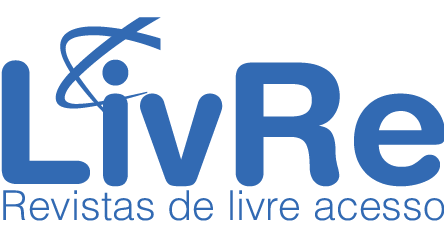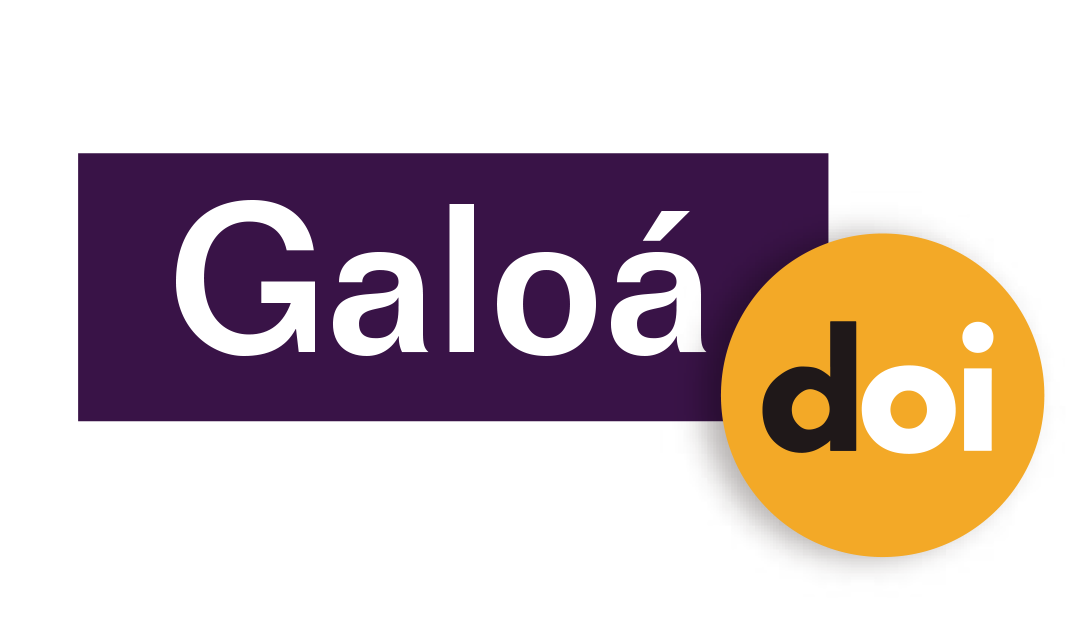Video Production About Area and Perimeter by Grade 7 Elementary School Students
Resumo
Context: Although the use of video has been consolidated as a growing proposal in the classroom, there is no evidence of studies emphasising video production to construct mathematical knowledge of area and perimeter in basic education.. Objective: Analysing the contributions of the creation of videos by Powtoon in addressing areas and perimeters to the education of Grade 7 students at an elementary school in the countryside of São Borja, RS, Brazil. Design: An action research proposal is developed. Setting and participants: Six Grade 7 students from a rural school in São Borja/RS, Brazil. Collection and analysis: The research steps were 1) Application of a questionnaire; 2) Creation of the videos in four moments: a) Conversation with the students and presentation of the proposal, b) Research on the topic, c) Creation and finalisation of the videos, and d) Dissemination of videos; 3) Individual conversation about the answers in the beginning survey. Data analysis was based on content analysis. Results: The following are listed: 1) Visualising the understanding and development of students in relation to the concepts of area and perimeters; and 2) Technology, video and mathematics education, discussion of how students relate to technology and video in the classroom. Conclusion: Students employed effort in creating the videos and elaborated more deepened comprehensions on areas and perimeters. However, it should be noted that the students’ video production is associated with the traditional class model, leading us to question how the classes have been organised in basic education.
Palavras-chave
Video; Area and perimeter; Technology
DOI: https://doi.org/10.17648/acta.scientiae.7272
Apontamentos
- Não há apontamentos.
Direitos autorais 2022 Maicon Quevedo Fontela, João Carlos Pereira de Moraes

Esta obra está licenciada sob uma licença Creative Commons Atribuição 4.0 Internacional.
ANÚNCIOS
Informamos que, a partir de outubro de 2024, a revista Acta Scientia volta a aceitar submissões de artigos para publicação.
Mais, informamos que sites fraudulentos, https://periodicos-ulbrabr.org e https://periodicos-ulbrabra.org, estiveram se passando pela Acta Scientiae, utilizando nosso nome e identidade visual e até solicitado taxas de APC, que nós não cobramos. Aconselhamos cautela para evitar serem enganados por sites semelhantes.
Conceito A2 na Capes(2021)
Índice h5 do Google Scholar: 13
Índice mediana h5 do Google Scholar:24
eISSN: 2178-7727
Indexações:
A Acta Scientiae é indexada em: | Scopus |  | Latindex |  | Edubase (SBU/UNICAMP) |
 | Sumarios.org |  | Google Scholar |  | Portal LivRe (CNEM) |
 | Journals for Free |  | REDIB |  | Galoá DOI |

Todos os trabalhos publicados aqui estão sob uma licença Creative Commons - Atribuição 4.0 Internacional.
